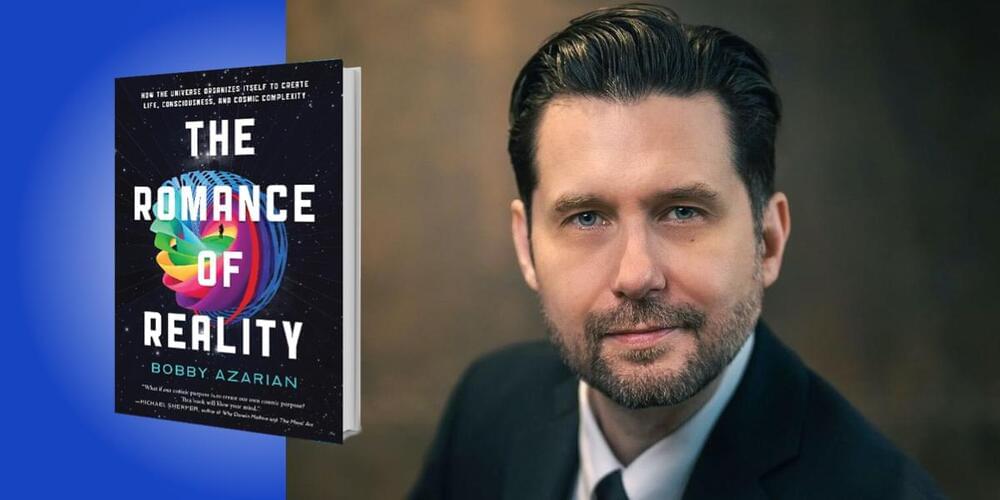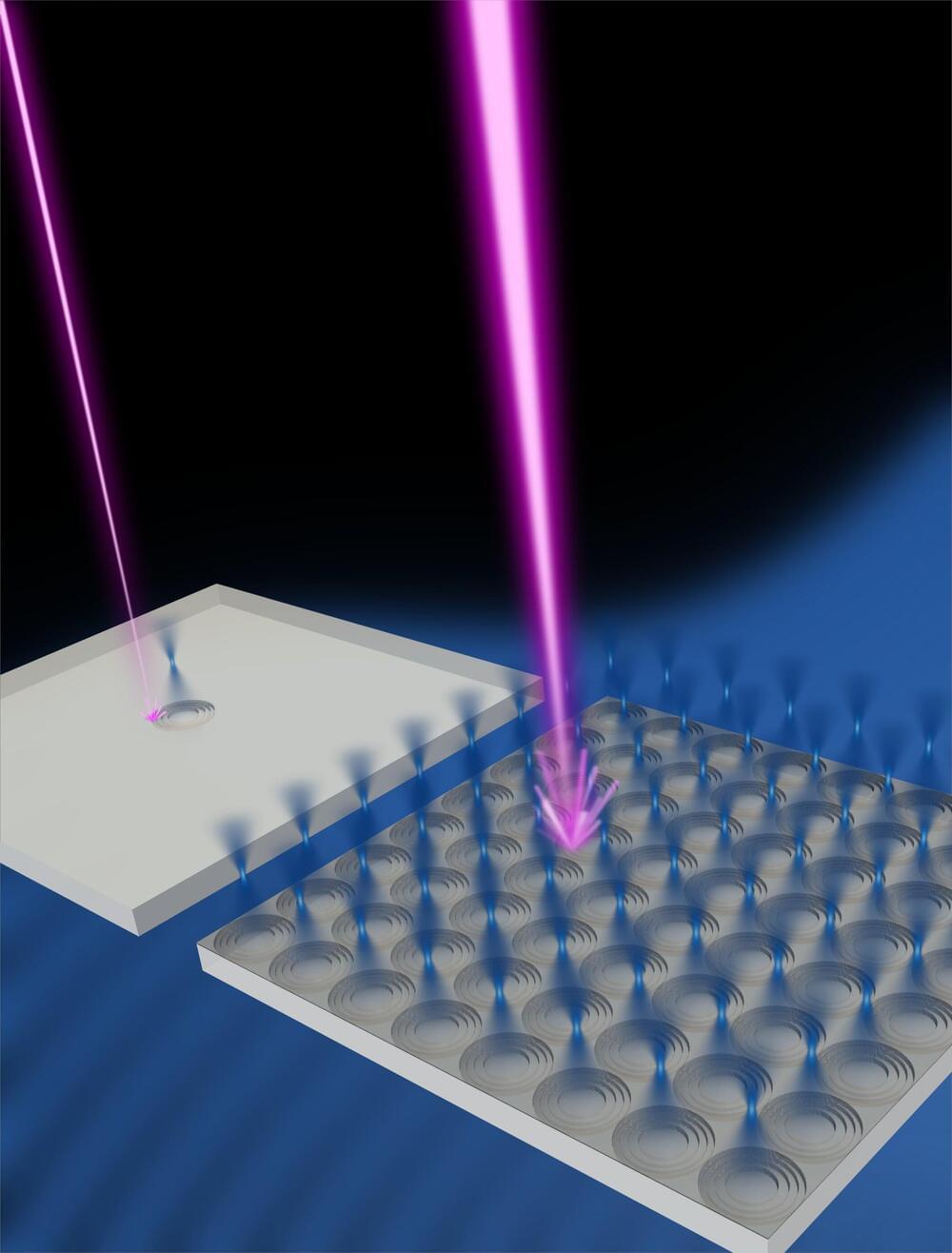According to research conducted by the University of Pennsylvania, the enzyme DOT1L, a stem cell self-renewal factor, is necessary for mice to continue producing sperm throughout adulthood.
Men may continue to generate sperm throughout their adult life, in contrast to women who are born with all the eggs they will ever have. To do so, they must constantly renew the spermatogonial stem cells that give birth to sperm.
According to research by Jeremy Wang of the University of Pennsylvania School of Veterinary Medicine and colleagues, this stem cell renewal is dependent on a recently identified stem cell self-renewal factor known as DOT1L. The scientists demonstrated that animals lacking DOT1L are unable to retain spermatogonial stem cells, which affects their ability to constantly make sperm.









